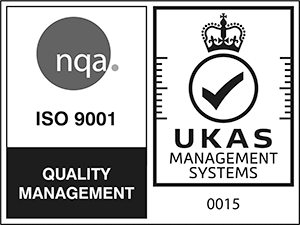What's New
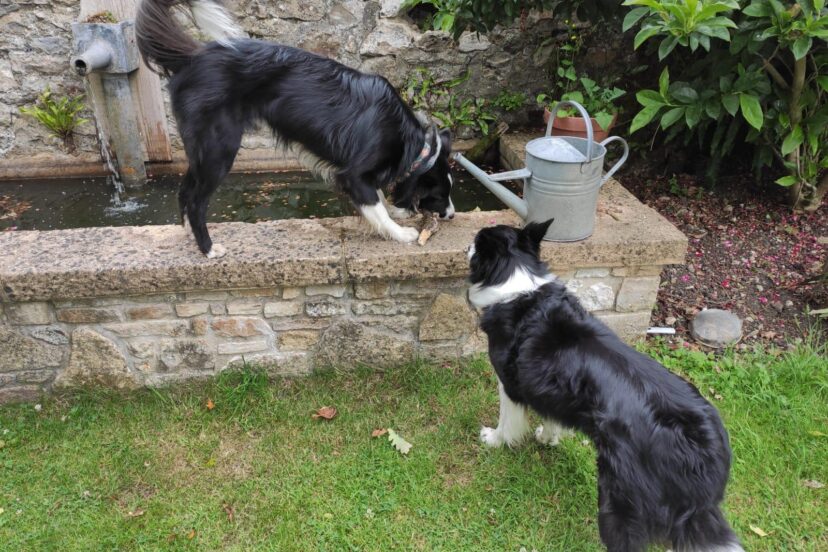
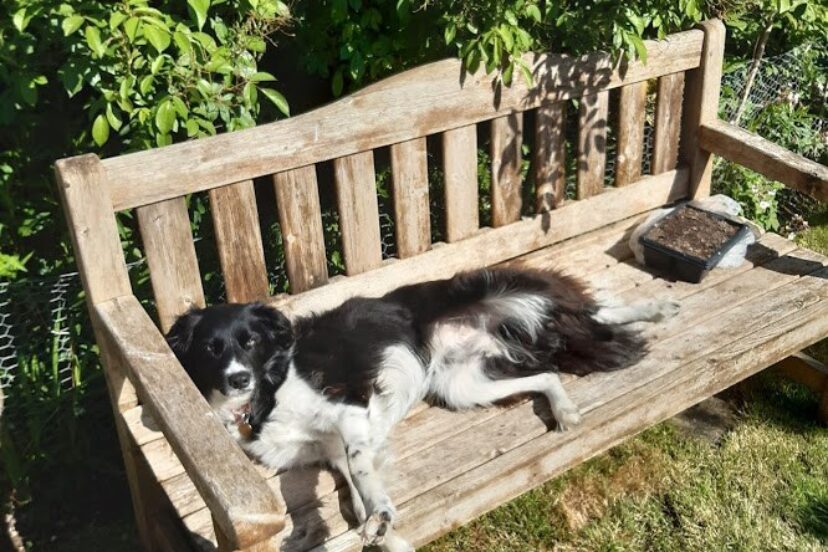
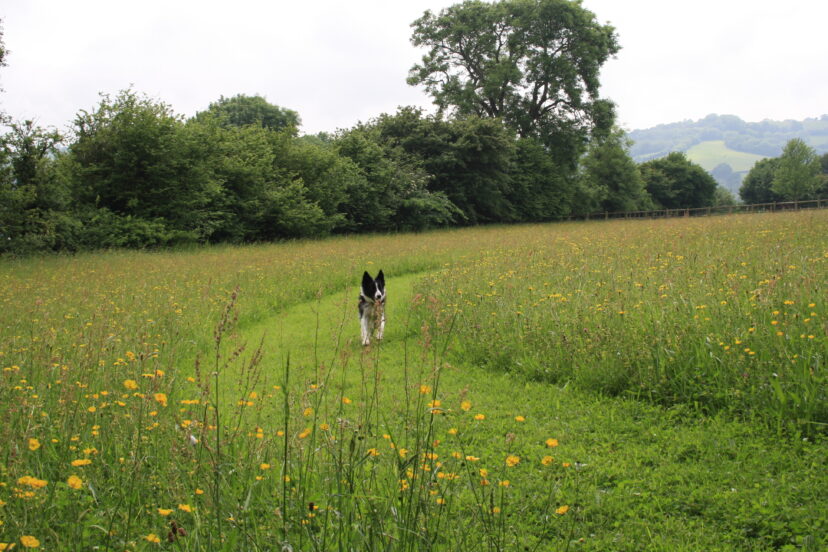
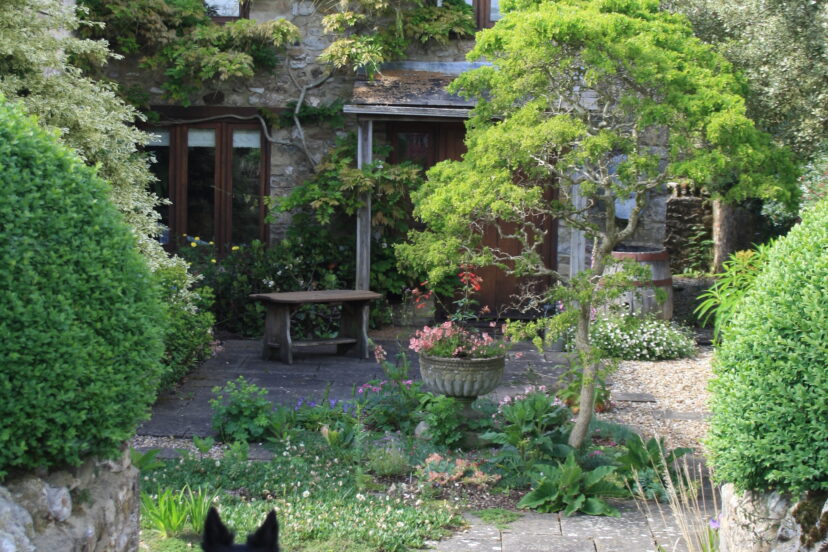
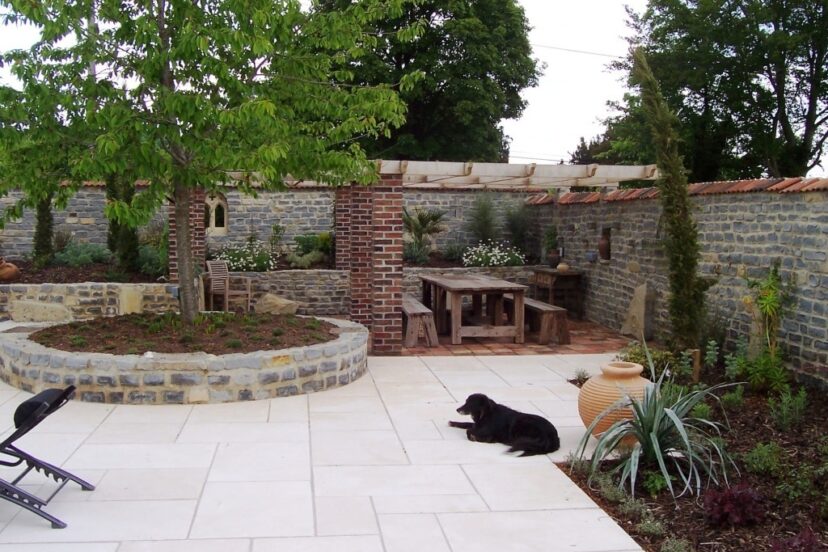
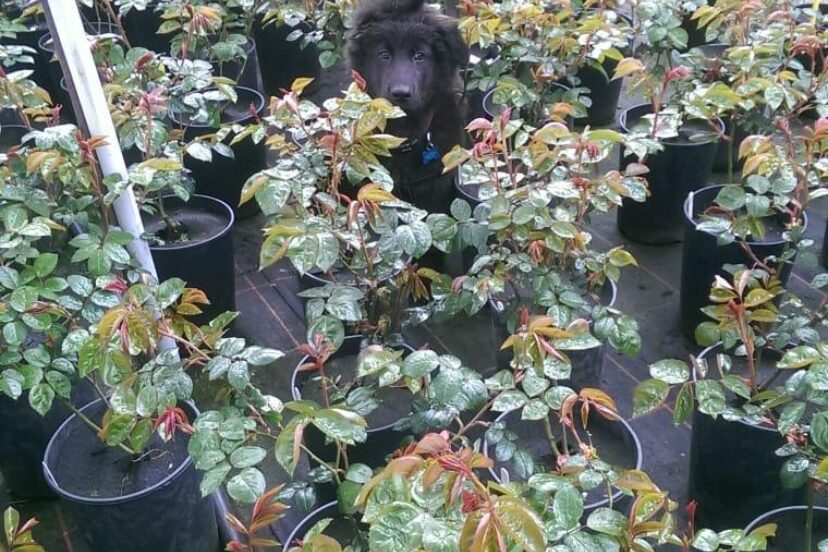
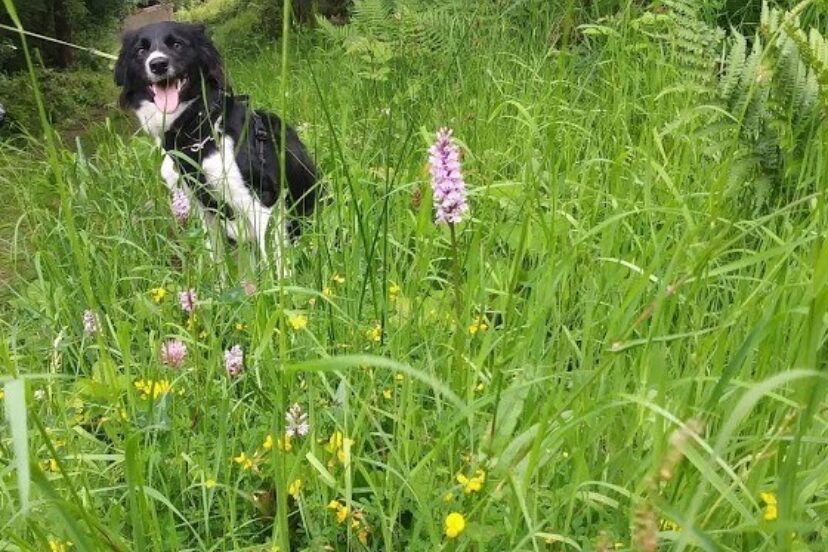
10 Tips for Dog-loving Gardeners
Man’s best friend often feels like an understatement when talking about our dogs. Man’s, women’s, everyone’s best friend might be better suited. They are excellent companions for everyone, gardeners or not. With a little green space, care and well-being, a dog can become the most important household member.
Here are some tips and tricks that may help you balance dog life with gardening.
1. Dog Training!
This may seem a little obvious but It can be hard to control our wagging tail friends but when it comes to keeping dogs out of the flowerbeds, teaching them early and with one clear command that everyone can use will help a lot, for example ‘Out the Flowers!’
2. Toxic-Free Plants
Knowing what is toxic for your dog is important. It may be that you have these plants but have never have had problems because your furry friend doesn’t get peckish in the garden. However, be aware and check symptoms with your vet if you are worried;
3. Defend your boundaries
Whether you have areas of the garden you want to keep your dog out of or just want to make sure they don’t run away. Make sure that you have latched gates and fences that a dog won’t jump over. It may be that those fences need to be a lot taller than you might think!
4. Slugs and Snails don’t wag puppy dog’s tails!
Lungworm can be contracted by eating slugs, snails and frogs. As well as wanting to keep them out of your garden for the plants, it is also important for your dog’s health. It is also hard to set traps for these molluscs if your dog likes the taste of beer.
Even if you have removed slugs and snails from traps, remove beer or standing water to help minimise risks.
5. Restore Lawn pH
A dog trips to the loo can cause the lawn to become sad and yellow. The main cause of this is the acidity. Horticultural lime or powered gypsum can be used to treat these areas and restore a balanced pH level. However, it is important to remember that this is not a long-term solution of your dog likes to ‘go’ on the same spot! An easier solution is to have specific areas of the garden available to your dog, it can do its business where it is not affecting the aesthetic of the lawn.
6. Put a Lid on it!
For the more peckish of dogs, don’t forget to create a lid for your compost bin. The old food waste put in them may be harmful to your dog or it can become a very messy job if your furry friend decides he wants to empty the bin without you!
7. Keep a toy box!
Dogs don’t often understand that digging up your favourite rose or tearing around the garden with your trowel isn’t a game. Keep a good supply of tennis balls, ropes or old everyday household items that bring your dog joy. Having a supply just for outdoor play can help keep the house clean and entertain your dog. Distracting them from being naughty!
8. Thirsty Dogs!
Ensure that with all the fun and games, running and jumping that your dog does, they have access to water. A tough with a water flow to keep the water clean and aerated means that you have a drinking spot for the dog as well as a beautiful water feature.
9. Chemical Warning!
Keep harmful pesticides and chemicals out of dog’s reach, beware that many are photodegrading so need sunlight to burn off. If required to spray leave the time specified on the product (usually 3-4 hours) before allowing your dog to approach the area. Also, keep sheds and chemical stores locked and same from curious dogs!
10. Shade Time
Having a thick coat on in hot weather can be hard work. To ensure that you can garden and be with your dog, ensure that you have somewhere cool and shaded that a dog can call home. In some cases, this may be your outdoor furniture or you might want to build them their kennel to call home.
With all this advice, please be advised that we are dog-loving landscapers and not Veterinarians. If you have any concerns about the health of your dog then please go to the professionals.










